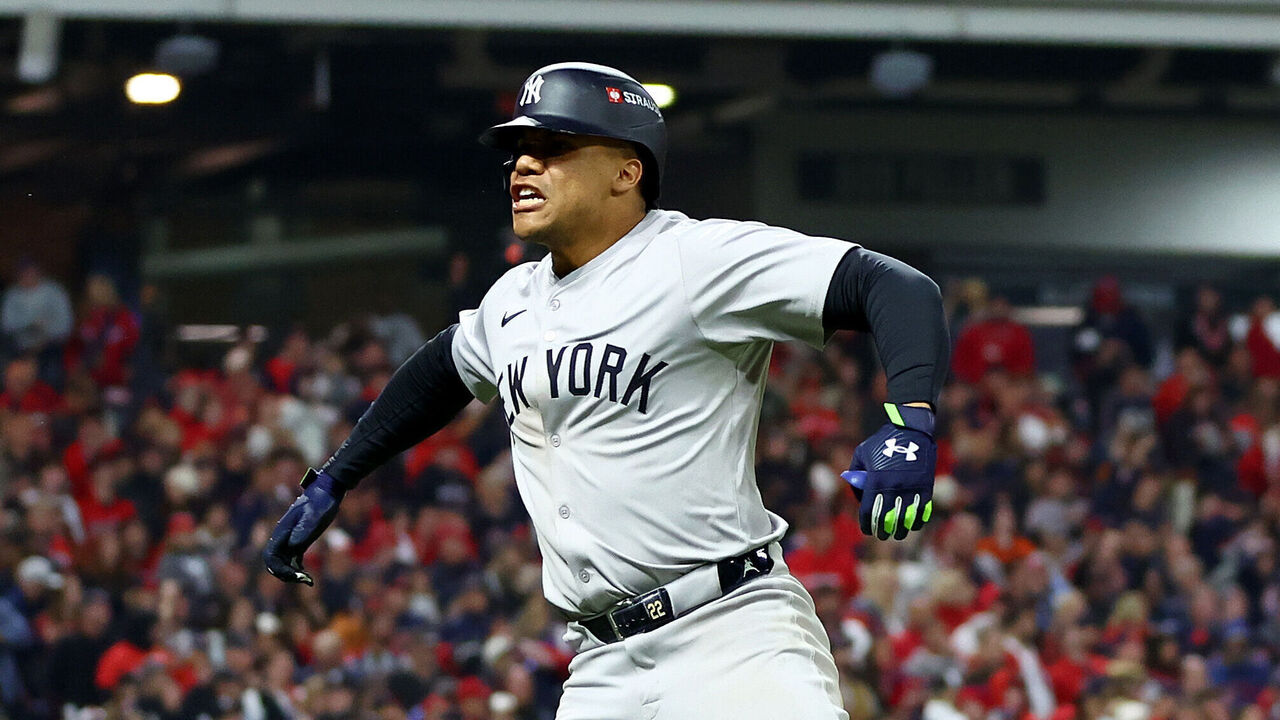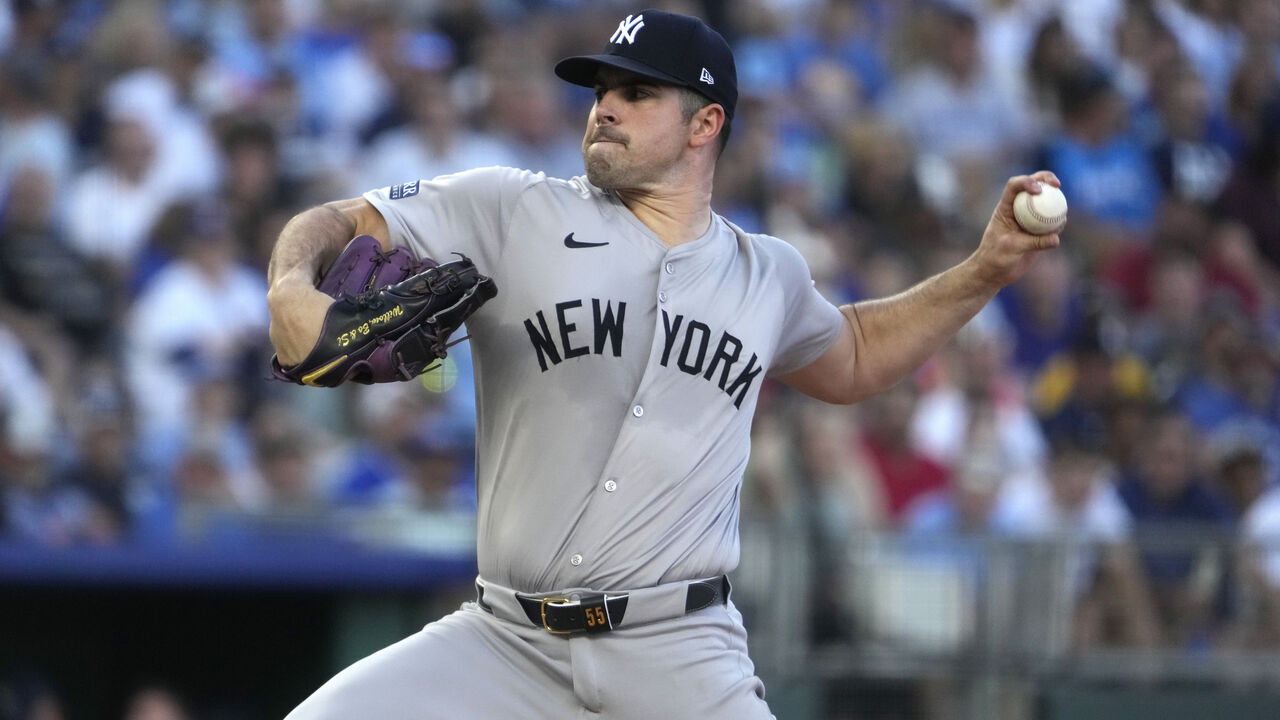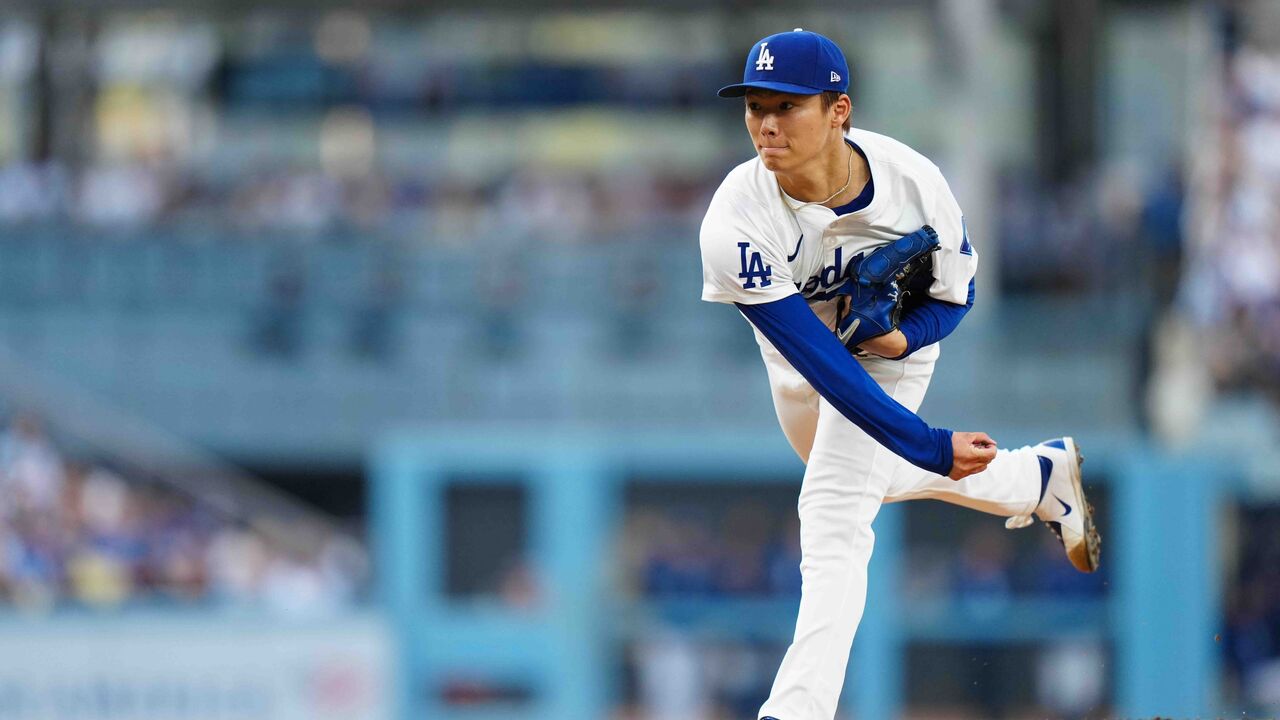Major League Baseball’s expanded playoffs often shake up the postseason, but the Cinderellas have all gone home this year.
The World Series between the New York Yankees and Los Angeles Dodgers represents the first clash between the leagues’ No. 1 seeds in a non-shortened season since 2017. It’s also the first time these behemoth franchises have met in the Fall Classic since 1981.
The two teams feature as many as seven future Hall of Famers, making it a rare star-laden matchup. For context, the last World Series to feature seven or more Hall of Famers was in 1959 when the Dodgers defeated the White Sox. (Future voting may change that.)
This series will also mark the 12th meeting between the two franchises in the World Series, the most common matchup in history. The Yankees hold an 8-3 edge.
Let’s explore each club’s advantages on the path to the 2024 title.
The lineup edge
Detroit manager A.J. Hinch spoke to ESPN’s Buster Olney this week about a key to defeating New York.
“One of the things to beat the Yankees, if you can just control the wrap-around at-bats. … If you can handle the guys on the back end of the lineup,” Hinch said.
The Cleveland Guardians failed to do that in the ALCS, particularly in the decisive Game 5.
On a ground ball by No. 9 hitter Alex Verdugo with one out in the 10th inning, Cleveland shortstop Brayan Rocchio made an error on the flip from second baseman Andres Gimenez that would’ve been the second out. But the error ratcheted up the pressure as the Yankees’ lineup rolled over to its superstars. Although Gleyber Torres struck out, the extended inning allowed Juan Soto to hit with two men on. His three-run homer all but ended the Guardians’ season.

In the ALCS, Soto, Aaron Judge, and Giancarlo Stanton combined for nine home runs and 16 RBIs in 55 at-bats. The rest of the team had one homer and nine RBIs in 113 at-bats.
The Guardians were beaten by the Yankees’ stars, and there were often runners on base when they faced those stars.
While the Yankees and Dodgers both finished at or near the top of many batting categories, New York’s lineup is more top-heavy. Los Angeles’ has more balance.

The Yankees have three hitters (minimum 100 plate appearances) who were at least 30% better than league average by wRC+, but they feature six regular postseason contributors who were below the MLB average.
The Dodgers also enjoy elite star power at the top of their lineup, but they feature five players with a wRC+ of 130 or better. There are fewer breaks in Los Angeles’ lineup. That’s a big edge.
The club’s No. 7 hitter might most often be catcher Will Smith, who hit 20 homers and drove in 75 runs in the regular season while posting a 111 wRC+.

The Dodgers’ likely No. 8 hitter against right-handers, shortstop Tommy Edman, is a league-average hitter over his last three seasons. He’s a well-above-average performer this postseason, recording a .316 average, 12 RBIs, and a 123 wRC+.
Rookie Andy Pages has batted ninth a number of times in the playoffs. He was a league-average hitter in the regular season (100 wRC+) and has been better than that in the postseason (113 wRC+).
And if a pitcher can’t retire those batters, Shohei Ohtani will come walking to the plate with runners on base. That’s been a big problem for opponents as Ohtani is slashing .615/.737/1.077 with runners on this postseason. Behind him is Mookie Betts.
Many Yankees relievers have relatively neutral platoon splits, so the Dodgers likely won’t need to worry about late-game substitutions with weaker hitters like Chris Taylor or Kevin Kiermaier. They can simply let their best hitters hit.
The Dodgers are averaging 6.4 runs per game this postseason, while the Yankees are averaging 4.8.
The pitching edge
Yankees manager Aaron Boone cited his rotation as an advantage during the ALCS last week.
“I think right now, with the teams left, it is probably something that differentiates us a little bit,” Boone said. “I feel like we’re going to roll out four really good starters at you that have a chance to get us deeper into a game and hopefully set our pen up to be used even better.”
The Yankees’ rotation allows them to play a more conventional game. The baseball world witnessed how difficult it is to sustain a bullpen as Cleveland’s elite relief corps – the best all time by one measure – began to falter. The Guardians’ bullpen pitched 61% of their playoff innings.
As theScore researched earlier this postseason, the more often a batter sees a reliever in a series, the less effective a reliever becomes. We saw that with Cleveland as relief stalwarts like Emmanuel Clase, Cade Smith, and Hunter Gaddis melted down in key spots.
Like the Guardians, the Dodgers have also relied on bullpen games out of necessity this postseason.

They’ve been plagued by injuries all season, tied with the cross-town Angels for the second-most pitchers used in the majors this season (40). L.A. is without rotation stalwarts Tyler Glasnow and Clayton Kershaw for the World Series.
To date in this postseason, the Dodgers’ rotation owns a 2-4 record and a 6.08 ERA, and it’s pitching just 3.6 innings per start.
L.A.’s Game 1 starter, Jack Flaherty, has been up and down in the postseason with a 7.04 ERA over three starts. The club’s No. 3 starter is Walker Buehler, who posted a 5.38 ERA in 16 regular-season starts after returning from injury. He’s also been shaky in the postseason (6.00 ERA).
The outlier is Yoshinobu Yamamoto, who will start Game 2 and has pitched like a front-of-the-rotation arm when he’s been healthy.

Because of their starting pitching issues, the Dodgers’ bullpen has logged 57 innings this postseason, most in the field, while their starters have combined for 40.
The Yankees and Dodgers’ bullpens were relatively even this year – Los Angeles finished fourth in bullpen ERA, New York sixth – but the Dodgers’ relief corps has logged 20 more postseason innings than the Yankees after registering 24 more innings than them in the final month of the regular season.
L.A.’s bullpen will benefit from four days of rest this week. The group has been very good this postseason with a 5-0 record and 3.16 ERA, but it’ll likely need to continue to shoulder a heavy load while not burning out during a potential lengthy series.
The Yankees have a more sustainable pitching plan.
Carlos Rodón, Gerrit Cole, Clarke Schmidt, and 15-game winner Luis Gil give New York four quality rotation options.
They’ve combined for a 2-1 record and a 3.89 ERA over nine starts and 44 innings (4.9 innings per start) this October.
They give Boone more options that he can trust to work more than once through an opponent’s lineup. When starters go longer, the game scripts are easier.
Cleveland manager Stephen Vogt made 44 pitching and lineup changes in five games during the ALCS, while Boone only had to make 31 thanks in large part to his starting staff.
The more decisions a manager makes, the more likely some are going to blow up.
The Yankees’ path is straightforward: win the starting pitching battles, reduce stress on their bullpen, and beat the Dodgers in a traditional way. Of course, working through L.A.’s lineup multiple times is a much different challenge than facing the Guardians or Kansas City Royals.
On paper, the Dodgers have a deeper lineup, and the Yankees enjoy more pitching depth. In this World Series between the sport’s two best teams, it’ll be strength versus strength that determines the champion.






